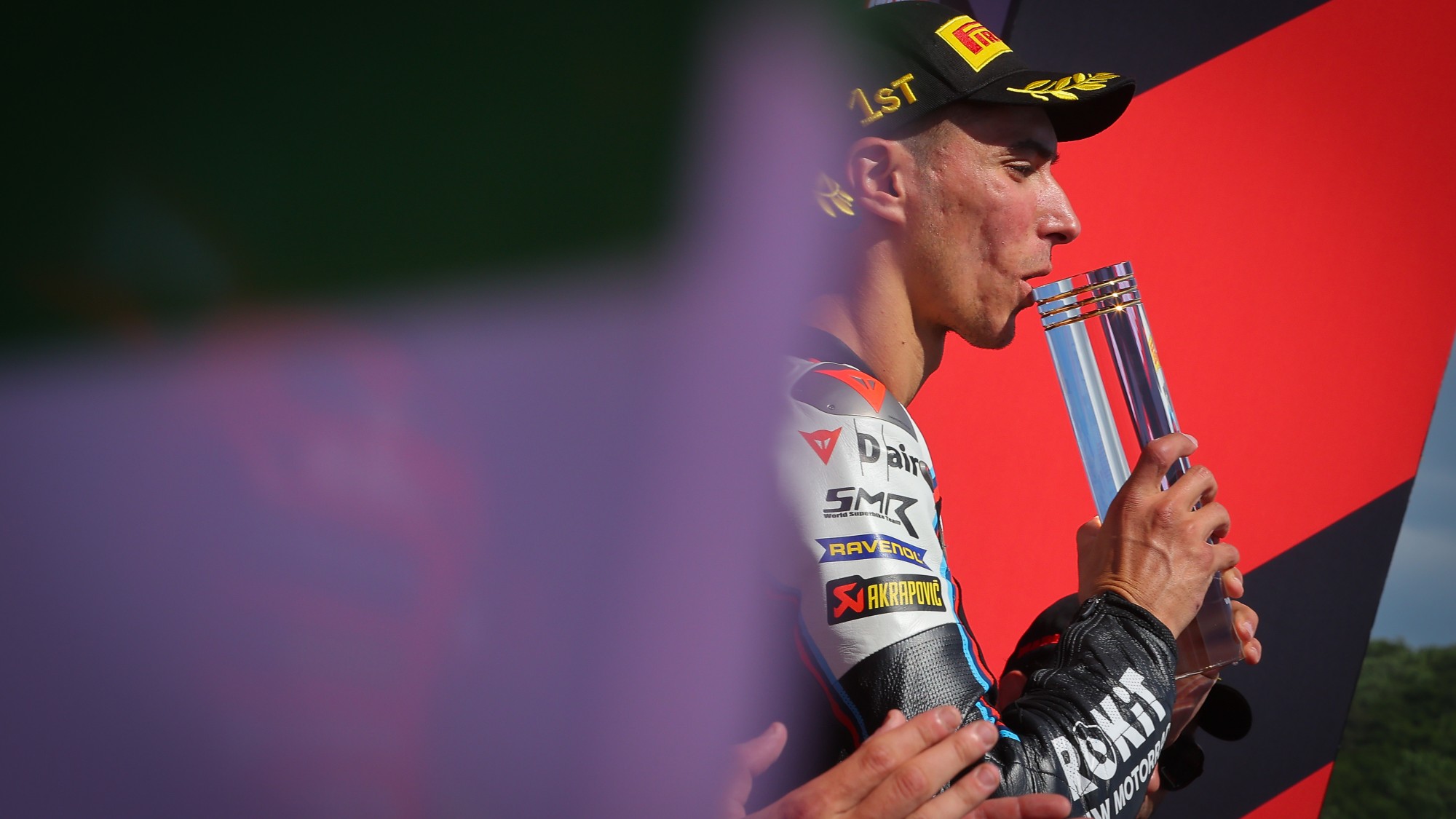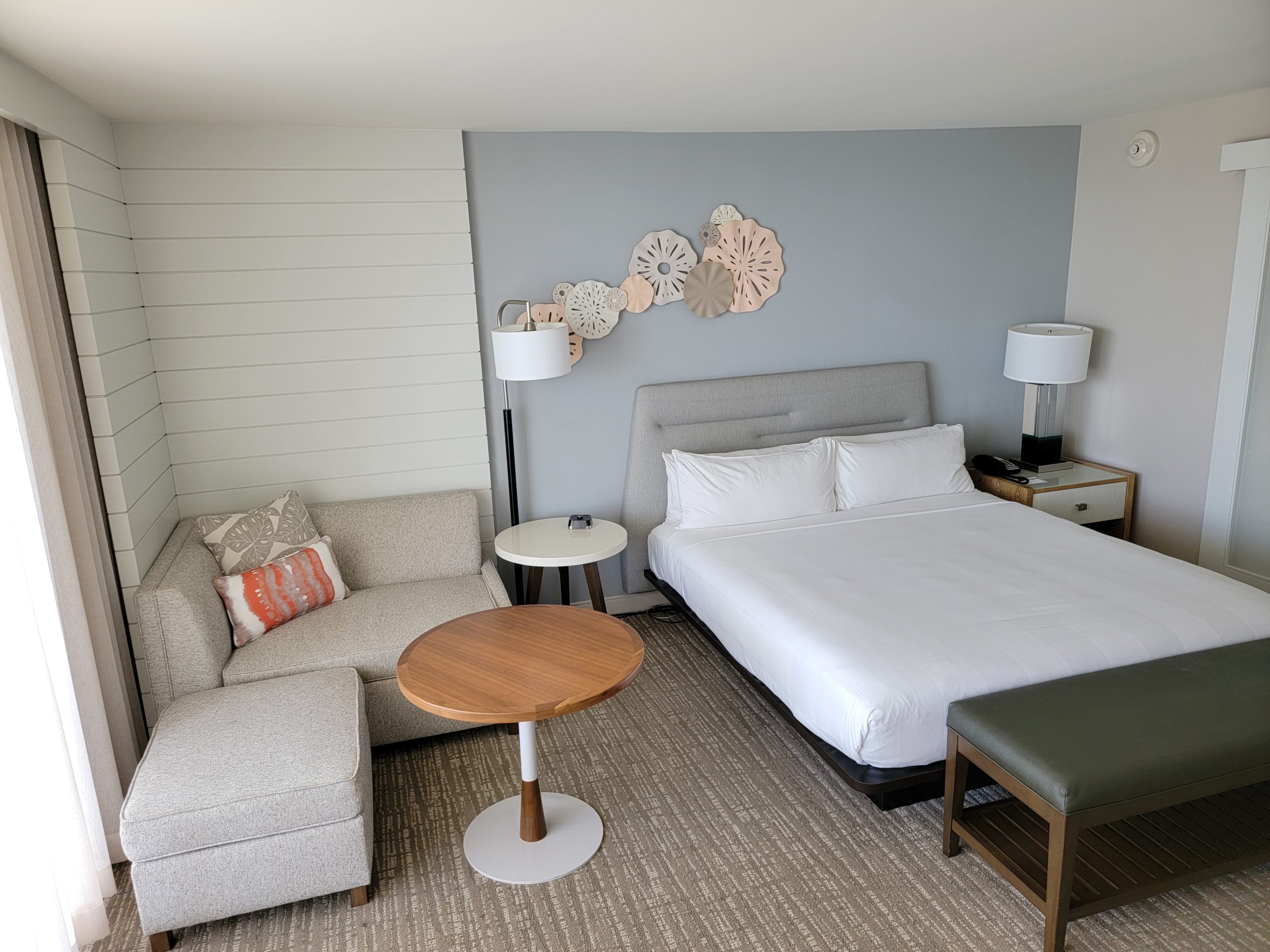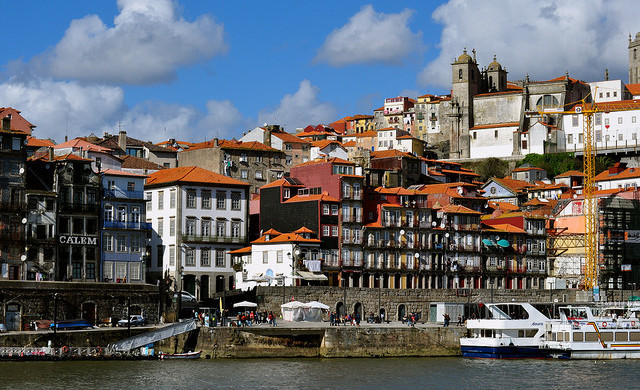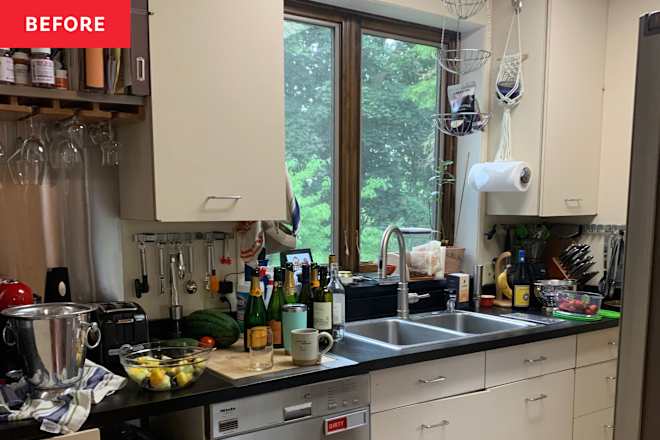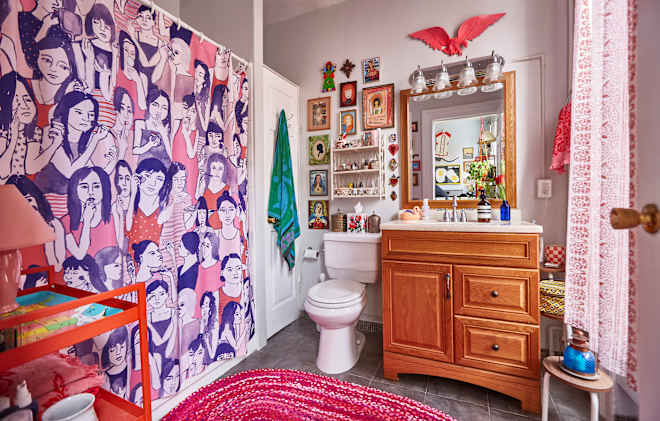From Coffee Peels to Banana Fibers: The 5 Innovative Materials Transforming Sustainable Lighting Design
From Coffee Peels to Banana Fibers: The 5 Innovative Materials Transforming Sustainable Lighting DesignAs energy efficiency and environmental responsibility become more important, sustainable lighting design is rising in popularity for its positive effects on energy efficiency and personal...
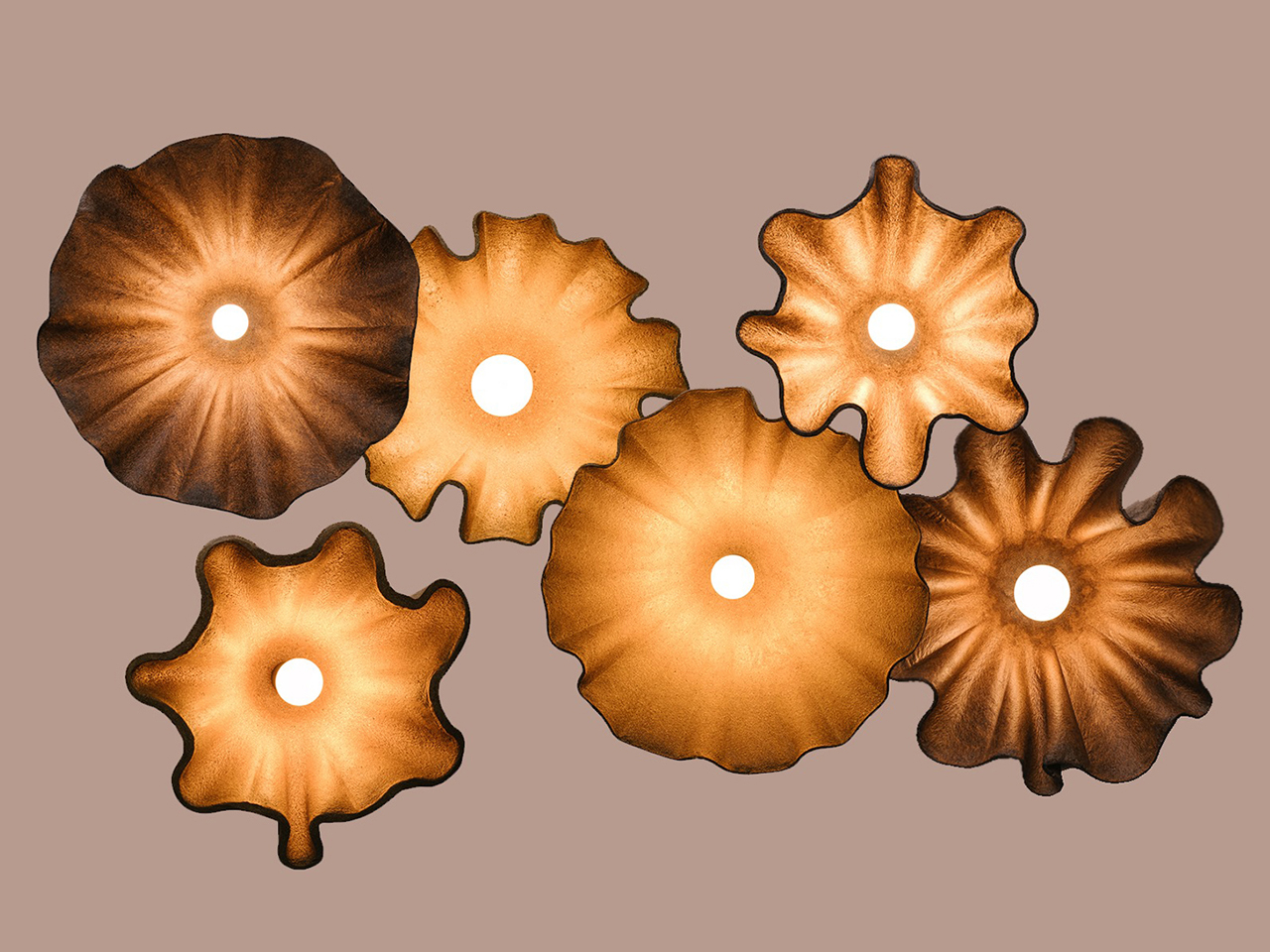

As energy efficiency and environmental responsibility become more important, sustainable lighting design is rising in popularity for its positive effects on energy efficiency and personal well-being. By combining innovative technologies with eco-conscious materials, sustainable lighting solutions offer significant benefits, which include reducing energy consumption and lowering carbon emissions, to promoting human health and well-being.
Research indicates that widespread adoption of LED technology could reduce carbon emissions by 1.4 billion tonnes by 2030, significantly contributing towards achieving net-zero emissions by 2050. Also, lighting controls such as dimming, scheduling, and occupancy sensors further optimise energy use and reduce waste. As designers, businesses, and consumers seek smarter, greener alternatives, sustainable lighting is emerging as a vital element of modern design. Some of the key drivers behind the growth of sustainable lighting design includes:
1. Energy Efficient
Energy efficiency is one of the key benefits of sustainable lighting. Options such as LED lights consume significantly less energy than traditional incandescent or fluorescent bulbs, resulting in lower electricity costs and a substantial reduction in carbon emissions. Additionally, the integration of smart lighting technology has further enhanced energy savings without compromising on aesthetics.
Advanced lighting controls allow users to adjust brightness levels, schedule lighting, and even automate responses to natural light conditions. This minimises unnecessary energy use while enhancing comfort and creating an inviting ambiance.
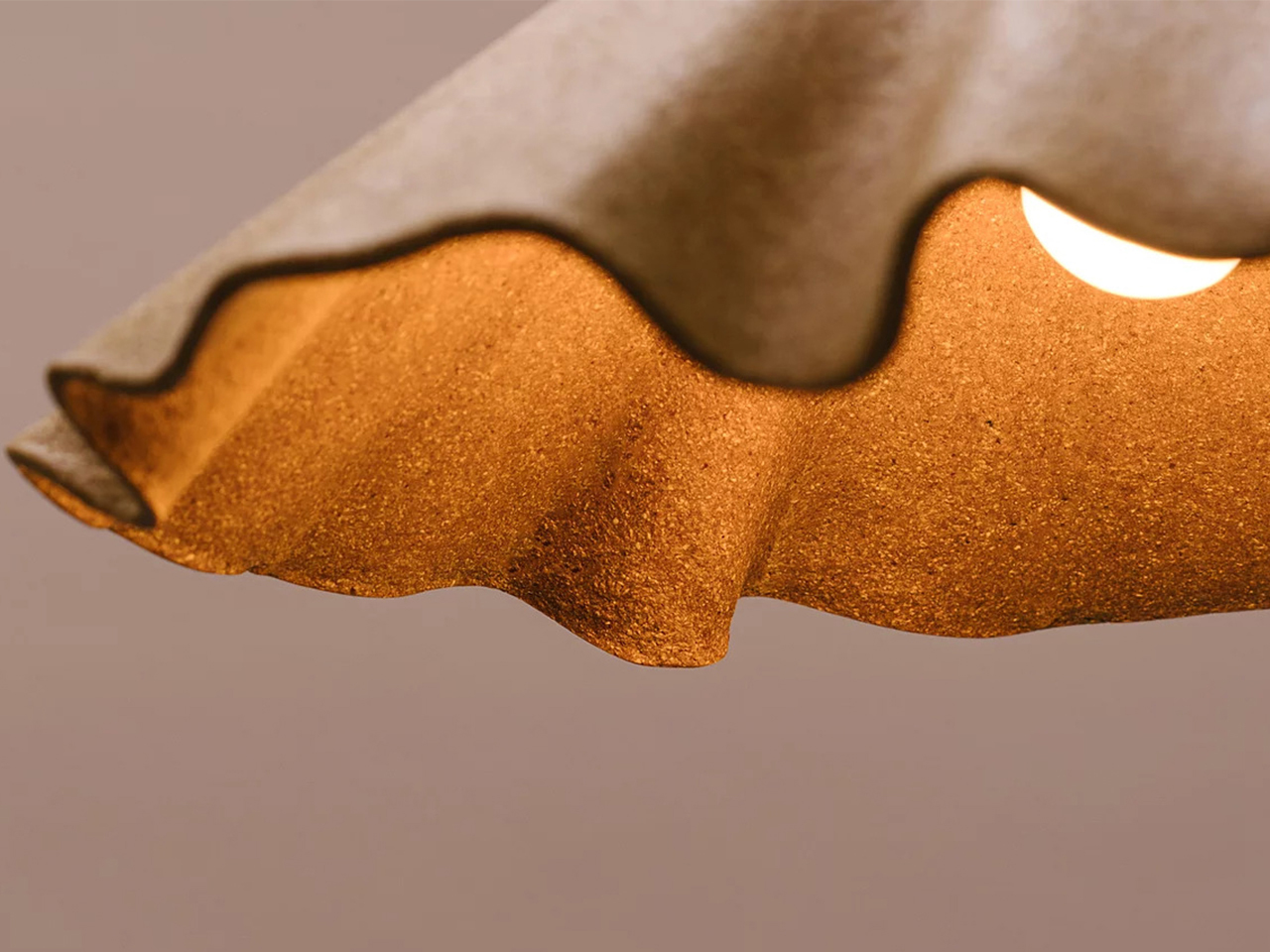
Obscure is a collection of handmade lampshades that exemplifies sustainable innovation through material-driven design. Created by London-based biotech startup Biohm, each piece is crafted from Orb, a bio-compound made of coffee chaff, orange peel, and a plant-based binder. The collaboration between maker and material results in organic, sculptural forms that are 100% sustainable, cold-compostable, and zero-waste. Obscure reflects a deep respect for nature’s intelligence, demonstrating how natural byproducts can be transformed into high-performance, aesthetically refined lighting solutions.
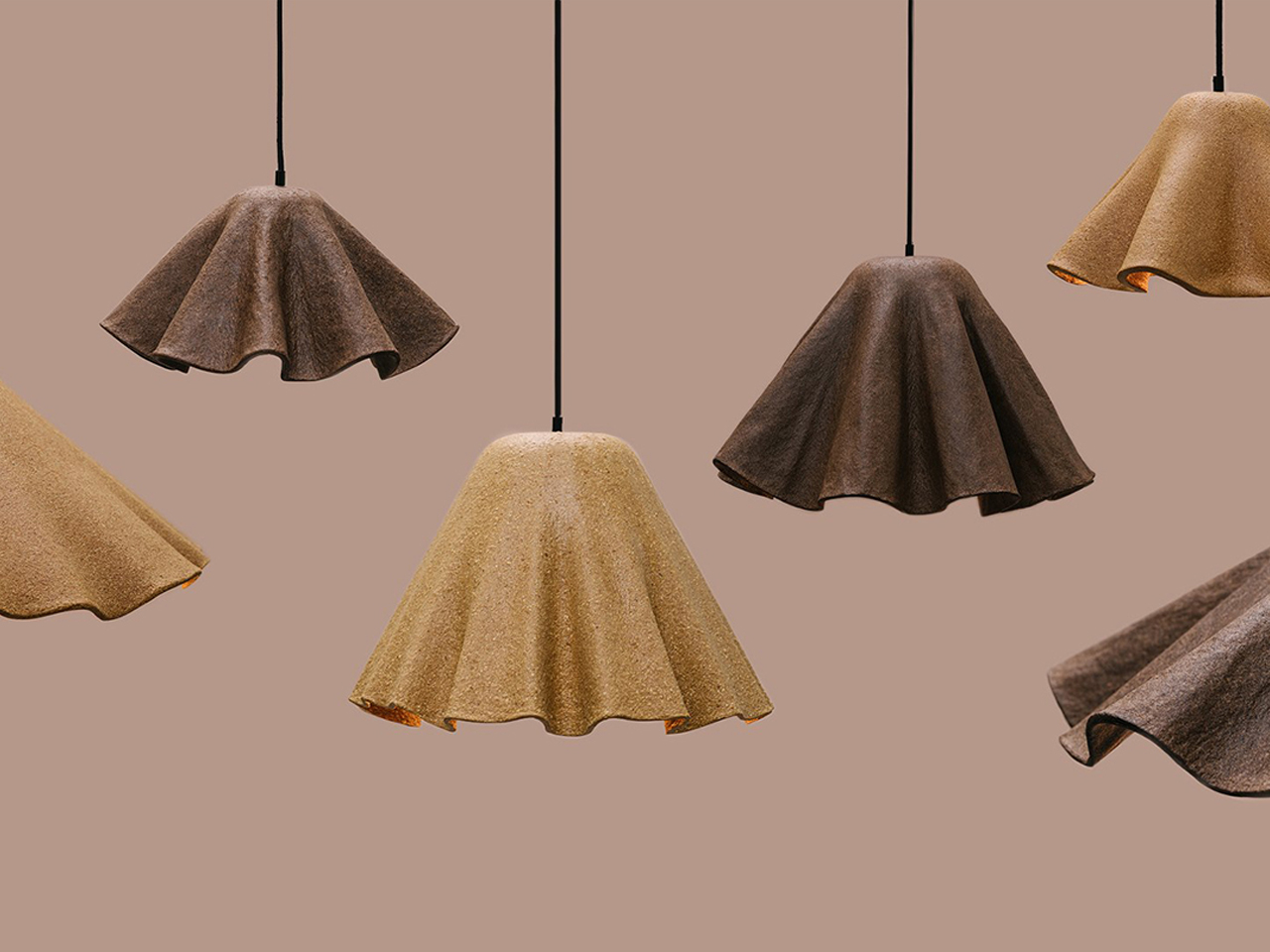
Biohm’s approach integrates biomimetic principles, systematically applying ecological laws to revolutionise manufacturing processes. Beyond reducing reliance on plastics, the company addresses broader challenges such as the climate crisis, waste reduction, and social equity. Founder Ehab Sayed advocates for radical, regenerative biotechnologies and equitable business models to create meaningful change.
2. Reduces Environmental Impact
Sustainable lighting design conserves natural resources and reduces carbon footprints by incorporating recycled materials, minimizing waste, and using energy-efficient manufacturing techniques. It fosters a circular economy by being designed for easy disassembly alongside recycling, optimising resource use, and reducing waste.
Material selection is vital in eco-design, with recycled or eco-friendly materials significantly lowering ecological impact. Additionally, limiting the use of toxic substances during production plays a crucial role in reducing environmental harm.
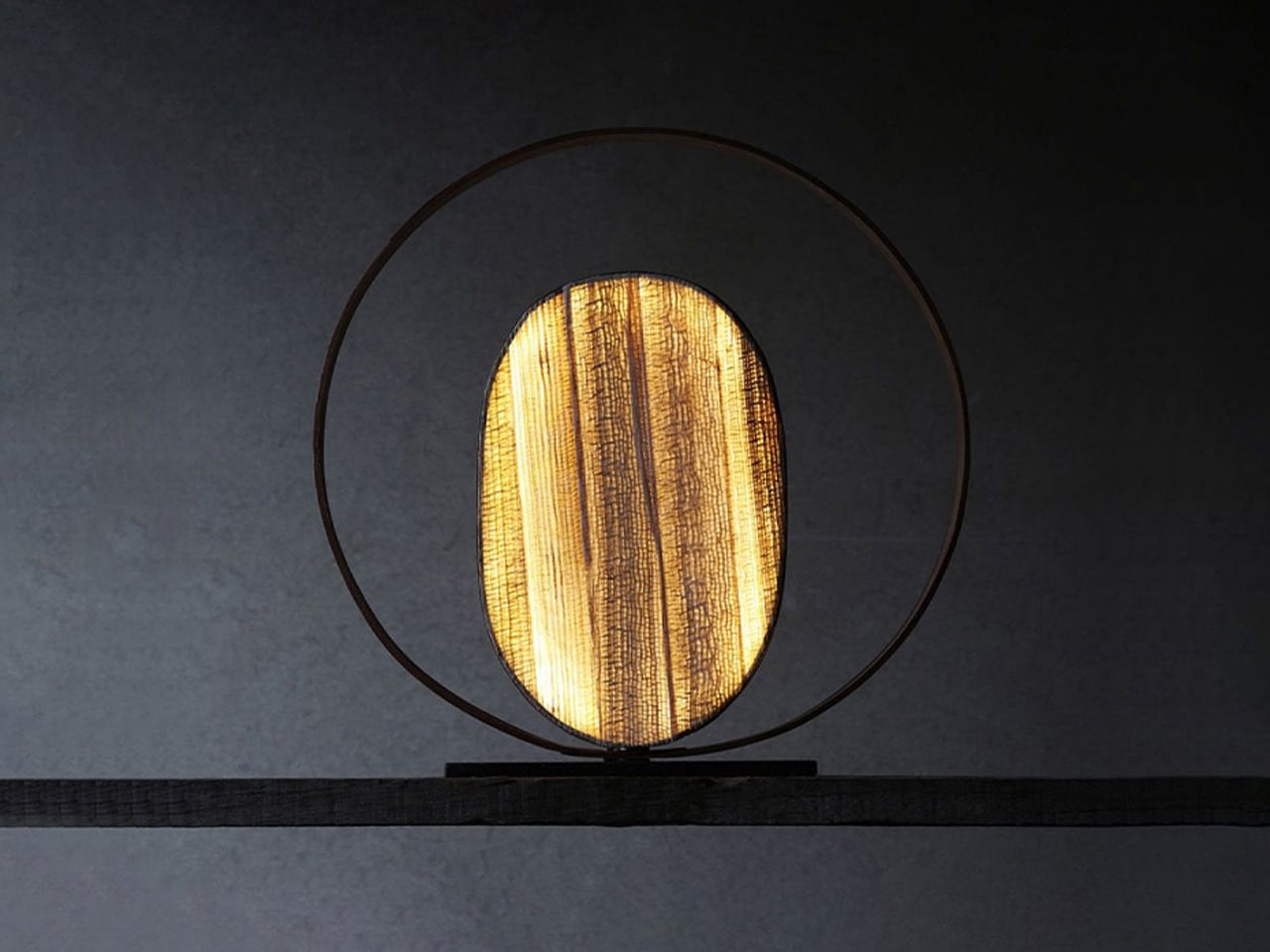
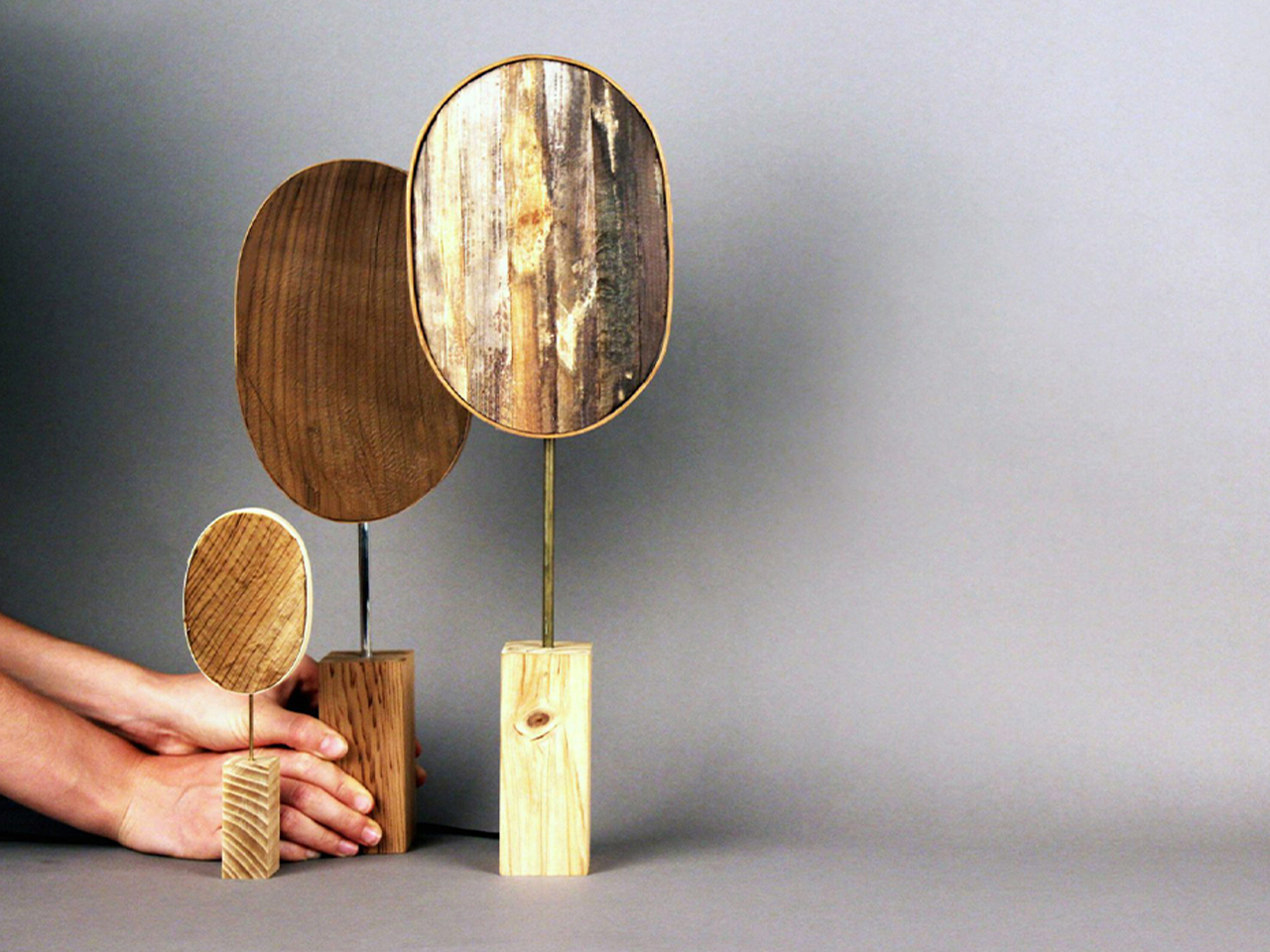
Nuclée is a sustainable lamp crafted from discarded banana fibers, designed by Cordélia Faure and Dorian Etienne of ENSCI Les Ateliers. The minimalist design features a bamboo circle that highlights the eco-friendly material, with natural color variations of the banana fibers ranging from white to dark brown. Typically discarded after the traditional extraction process, the fibers were stabilized through innovative refining techniques involving pressure and heat, making them suitable for lighting design. The lamp’s form is inspired by the internal structure of the banana tree stem, with curved bamboo elements enhancing the design.
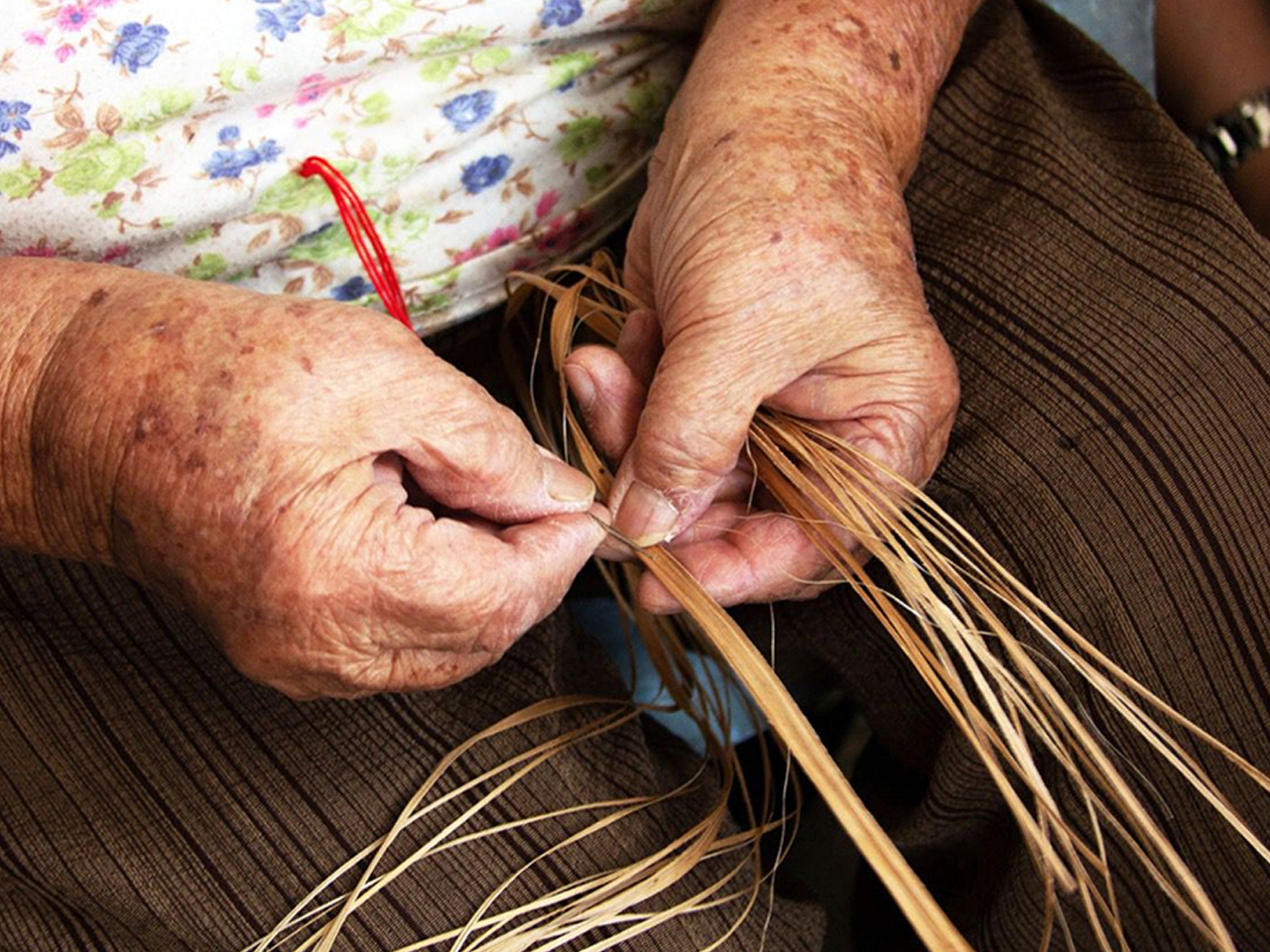
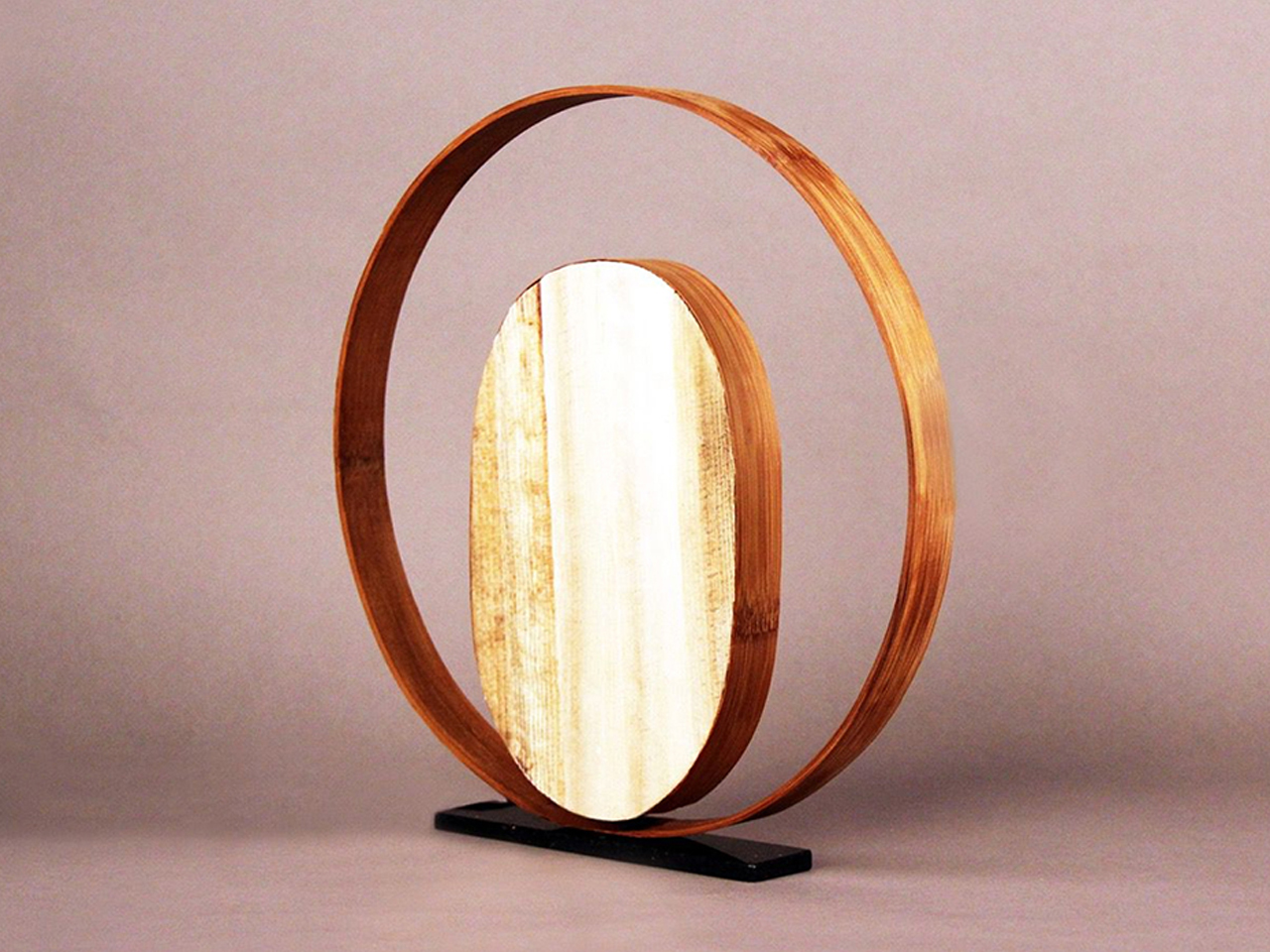
Drawing from the Kavalan aboriginal tribe’s traditional use of banana fibers for clothing, the designers applied age-old techniques to create a modern, durable lamp. Rigorous testing for heat, humidity, and pressure ensures the lamp’s reliability and longevity, proving that sustainable designs can be functional and aesthetically compelling.
3. Promotes Well-being
Sustainable, human-centric lighting design prioritises well-being by replicating natural daylight and reducing harmful blue light emissions. This approach enhances comfort and productivity, taking into account the impact of light on circadian rhythms and mental health. Advances in technology are making lighting systems more customisable, providing greater control to create ideal environments for health and well-being.
Note that blue light, often perceived as harmful, can actually regulate sleep patterns, improve mood, and boost cognitive function when used appropriately, making it beneficial for creating focused and energizing spaces.
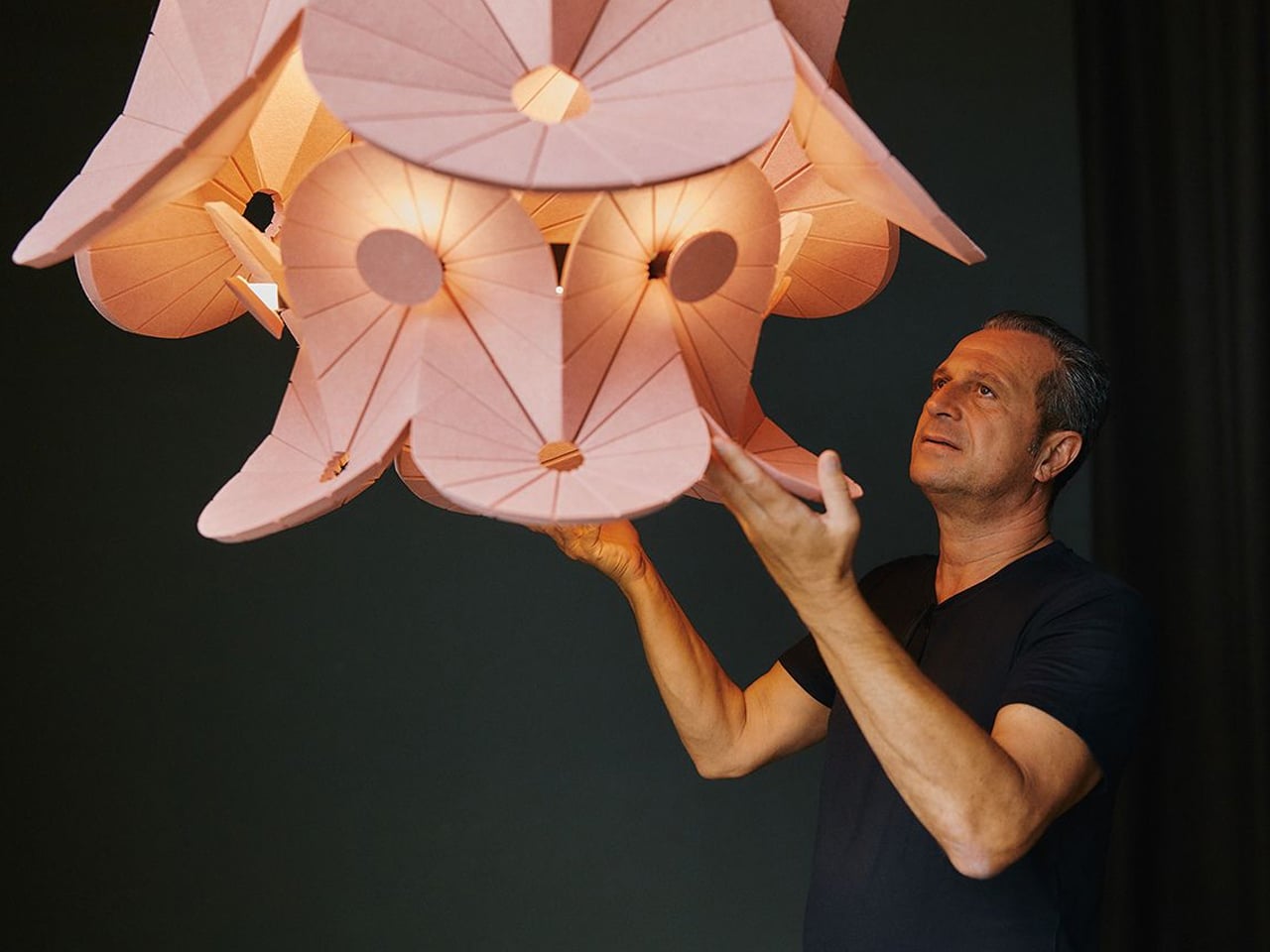
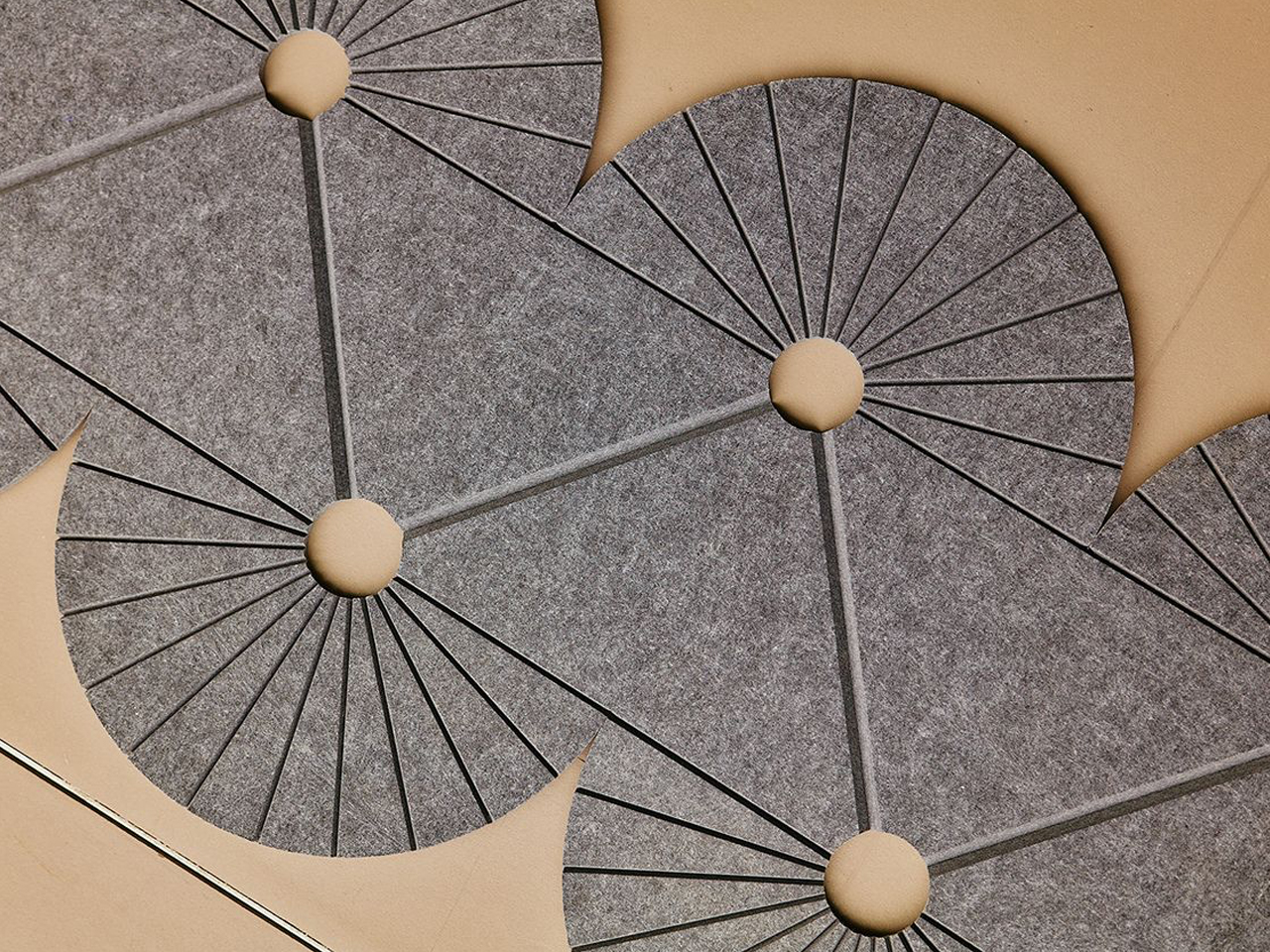
Oloïd is an innovative acoustic luminaire developed through a collaboration between Impact Acoustic and the design studio Atelier Oï. Combining functionality with artistic expression, Oloïd transforms the interaction between light and sound within a space. The luminaire is crafted from Archisonic Felt, a high-performance material made from recycled PET bottles. By employing precise cutting and folding techniques, the traditionally flat acoustic panels are reimagined into sculptural, three-dimensional forms, creating a dynamic and immersive presence.
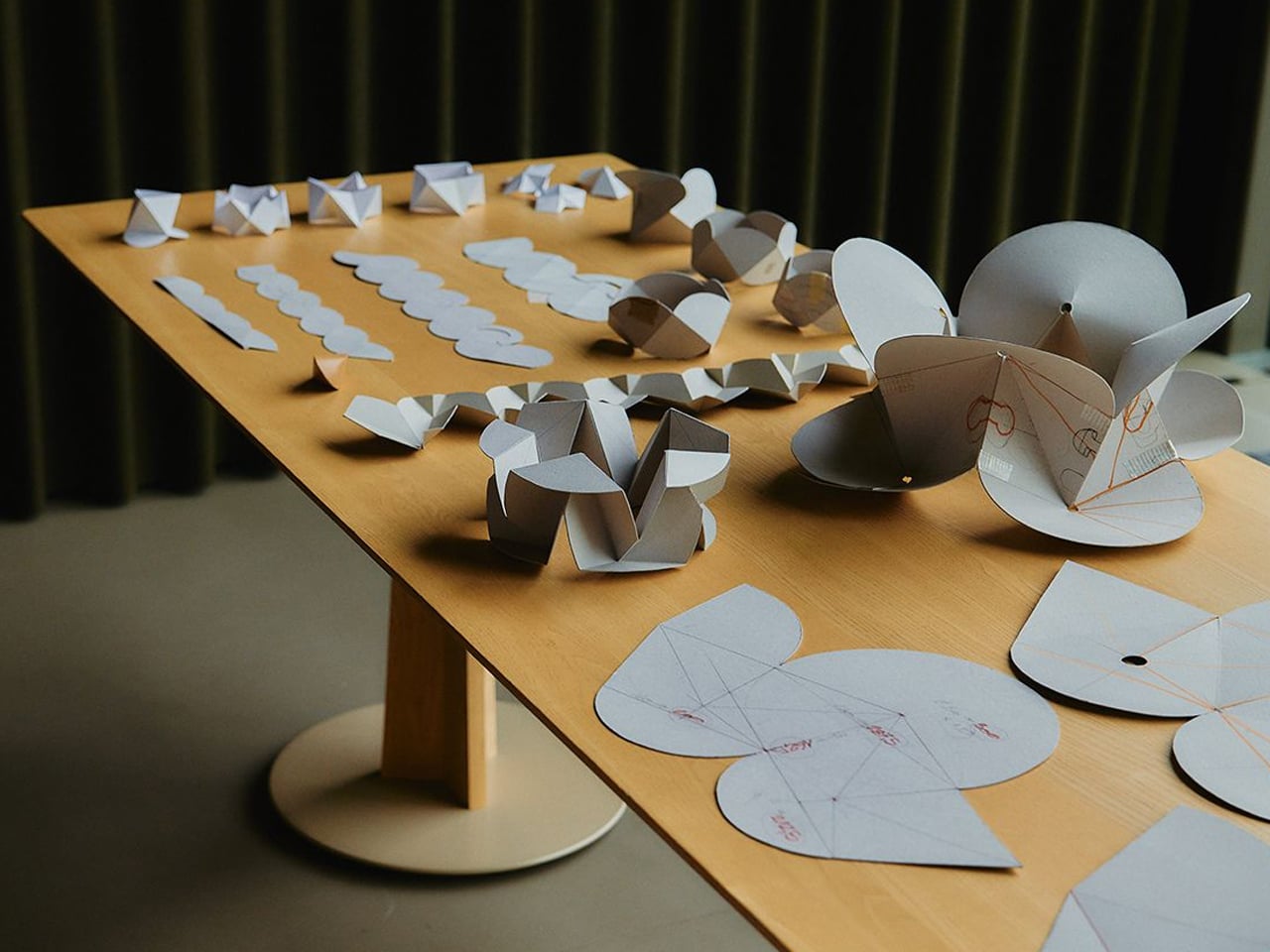
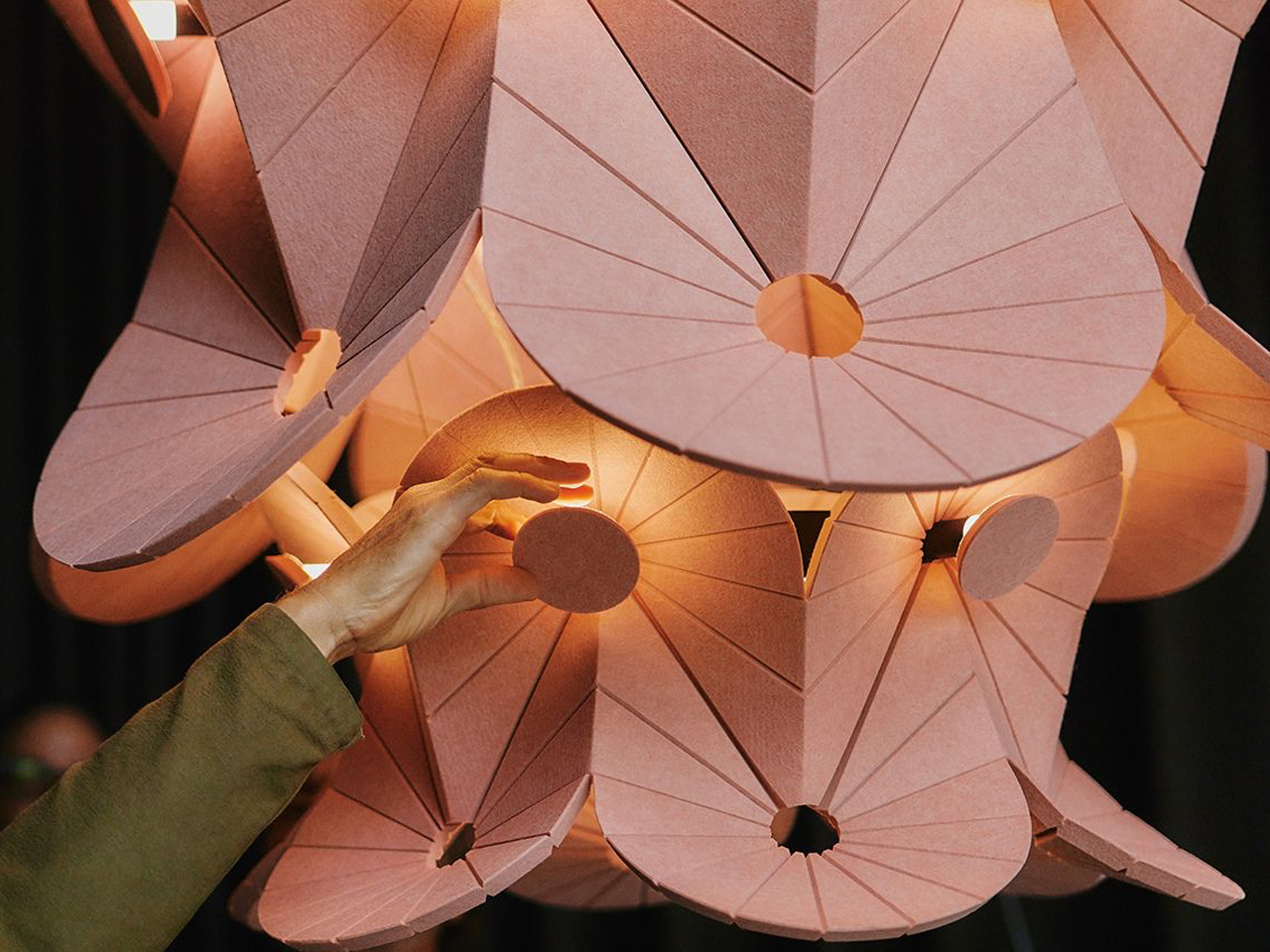
Available in a curated palette of 32 colours, Oloïd allows for extensive customisation to suit various interior environments. The design draws inspiration from the organic properties of the material, enhancing both aesthetic value and acoustic performance. Oloïd stands as a refined example of sustainable innovation, offering a sophisticated solution that harmonises ecological responsibility with elevated spatial design.
4. Cost Efficient
While the initial cost of sustainable lighting solutions may be higher, their extended lifespan and reduced maintenance requirements translate into significant long-term savings. LED (Light Emitting Diode) bulbs, renowned for their energy efficiency, offer the greatest reduction in electricity costs.
Although the price of light bulbs has risen, the long-term financial advantages make them an increasingly cost-effective choice. LEDs last much longer than incandescent bulbs, lasting years instead of months, which means fewer replacements are needed. They also use less energy, helping to lower electricity bills and saving you money over time.
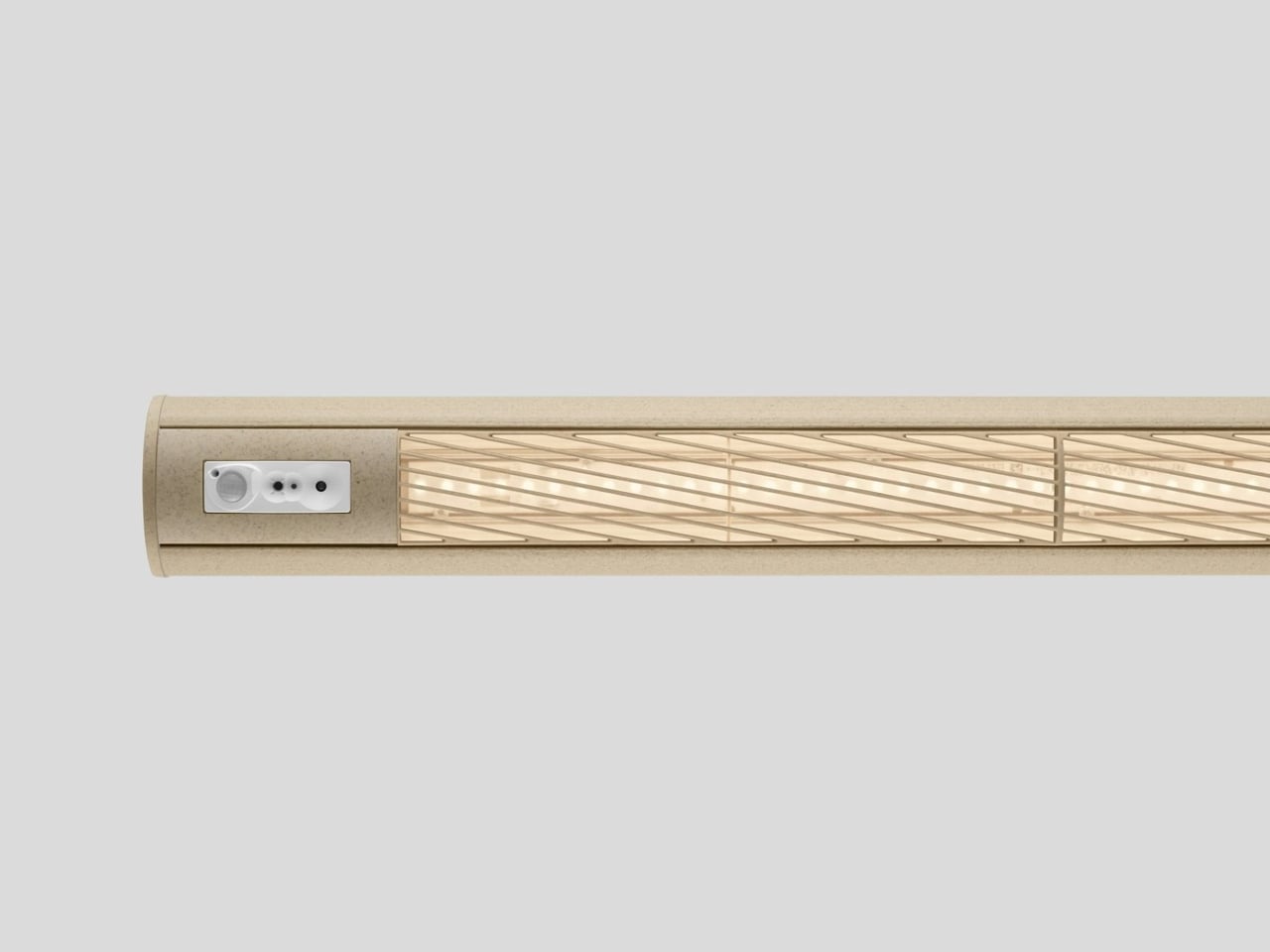
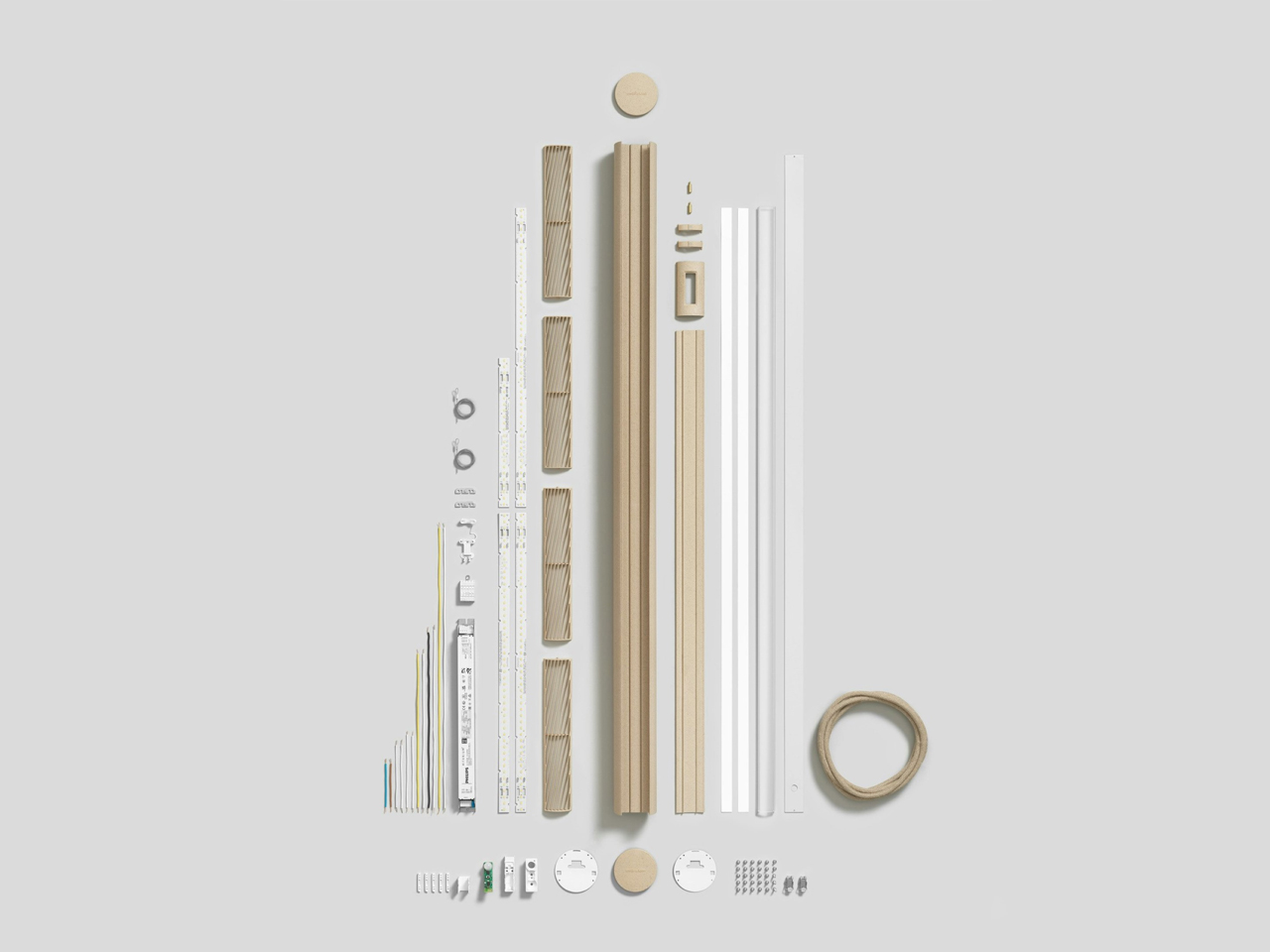
Norwegian studio Snøhetta and lighting brand Ateljé Lyktan have introduced Superdupertube, a sustainable evolution of the 1970s Supertube lamp. Crafted from a composite of Dutch hemp fibres and sugarcane-derived PLA bioplastic, the design reflects a commitment to regenerative materials and low environmental impact. Hemp was chosen for its strength, low carbon footprint, and ability to grow without depleting the soil. The lamp’s main body is extruded, while injection-moulded louvers and side covers complete its organic form, offering a natural aesthetic and exceptional durability.
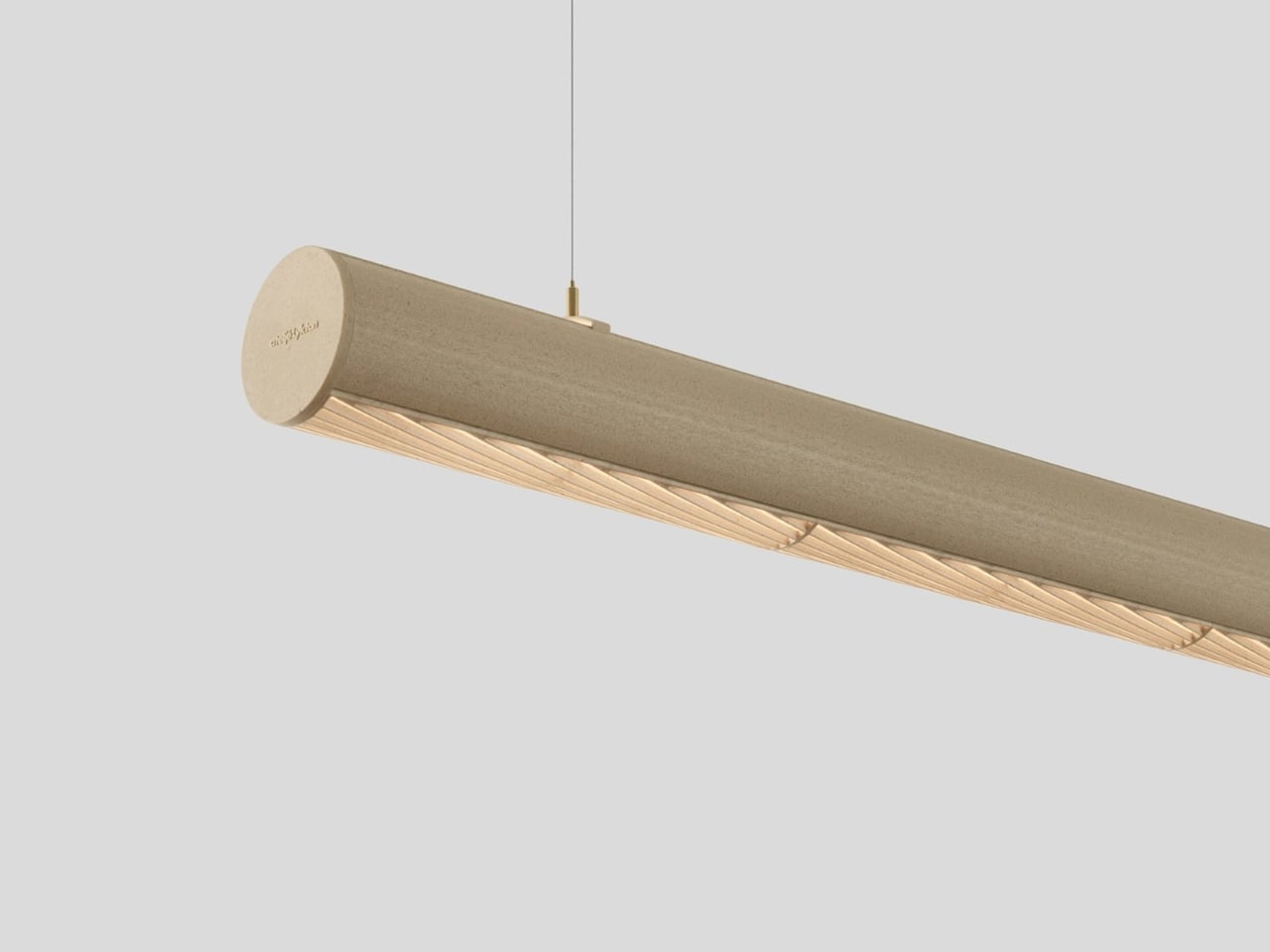
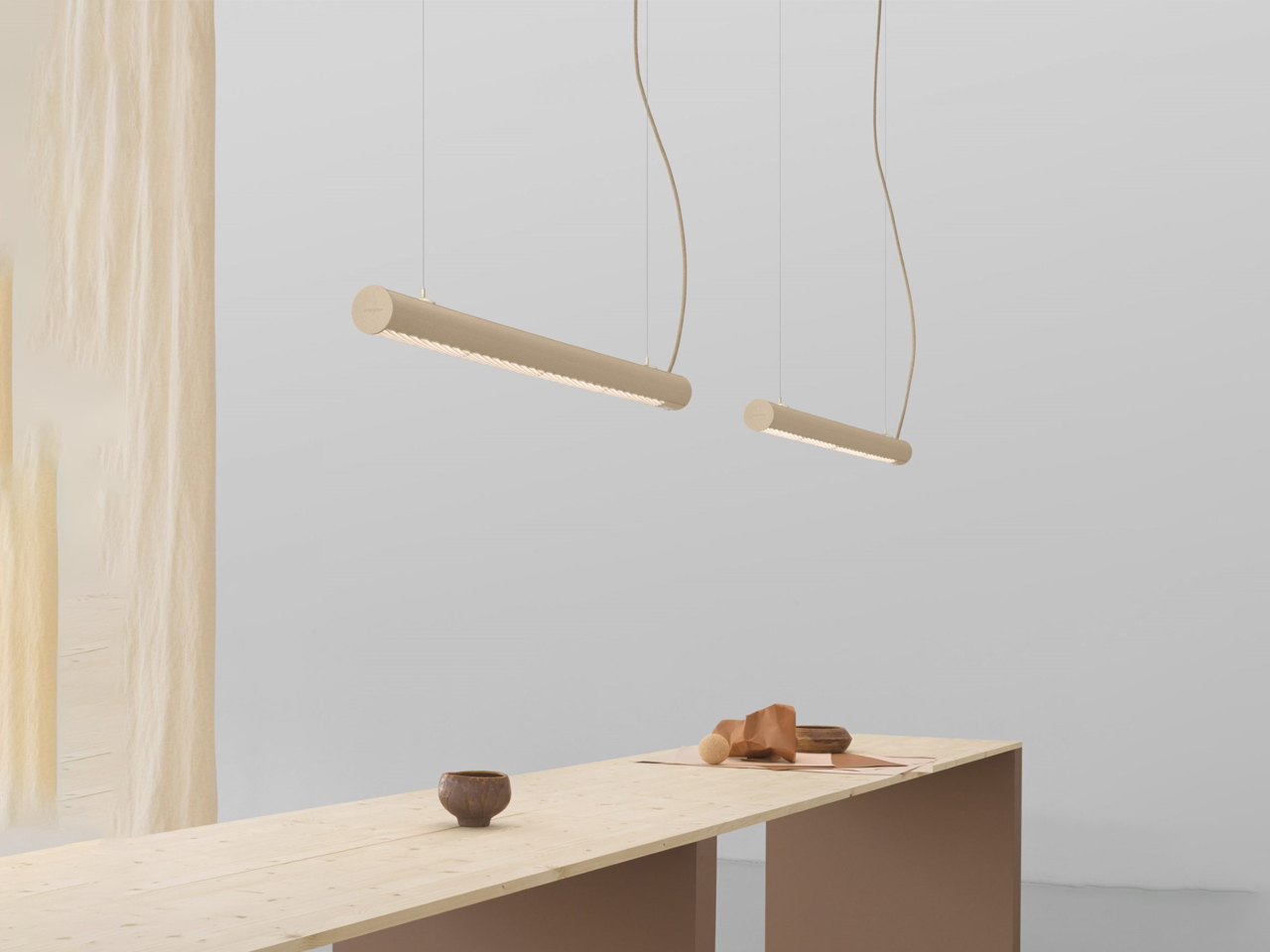
Superdupertube incorporates smart, dimmable LED strips to enhance energy efficiency and extend its lifespan. Linen-wrapped electric cables and the lamp’s warm light tones add to its eco-conscious appeal. Designed for easy assembly and disassembly without glue and minimal screws, it supports recycling and future upgrades. Each lamp is unique in texture and colour, demonstrating how sustainable innovation can merge craftsmanship, functionality, and environmental responsibility.
5. Aesthetic Appeal
Sustainable lighting design seamlessly blends functionality with visual elegance. By offering flexibility in colour temperature, intensity, and smart control systems, it allows designers to craft a wide range of moods and atmospheres without compromising on energy efficiency. Beyond technical performance, today’s consumers increasingly value ethical sourcing, transparency, and responsible production.
Sustainable lighting aligns with these priorities by featuring unique, handcrafted pieces that carry deeper meaning and emotional resonance. These designs not only enhance the aesthetic appeal of spaces but also embody a conscious choice, reflecting the growing desire for products that combine beauty, innovation, and environmental responsibility.
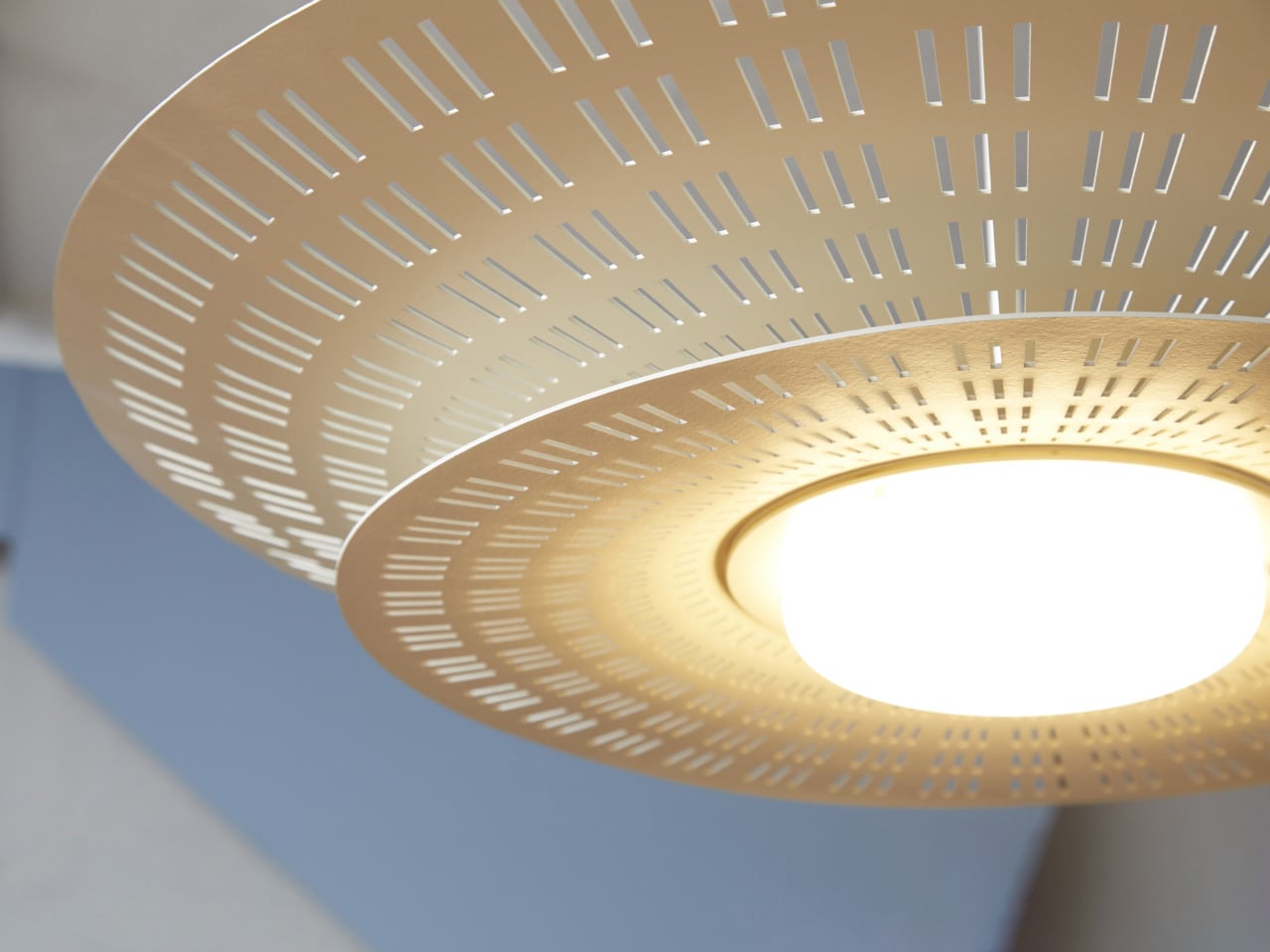
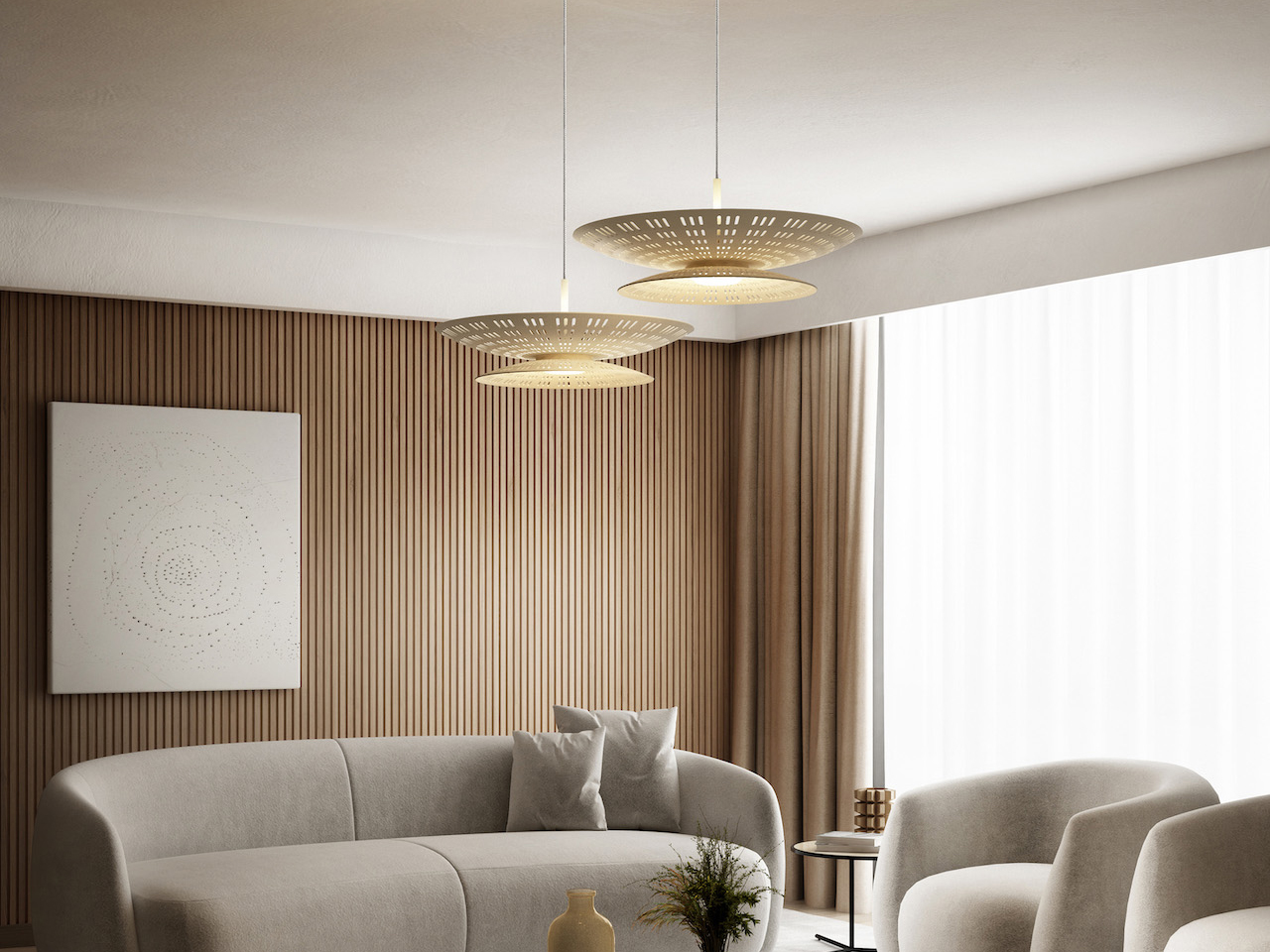
The Air Light, designed by Contardi Lighting in collaboration with Adam Tihany, is a perfect blend of aesthetic appeal and sustainable design. This 100% recyclable suspension lamp features a dual lampshade design that creates a warm, inviting ambiance, with laser-engraved cuts that play with light and shadow.
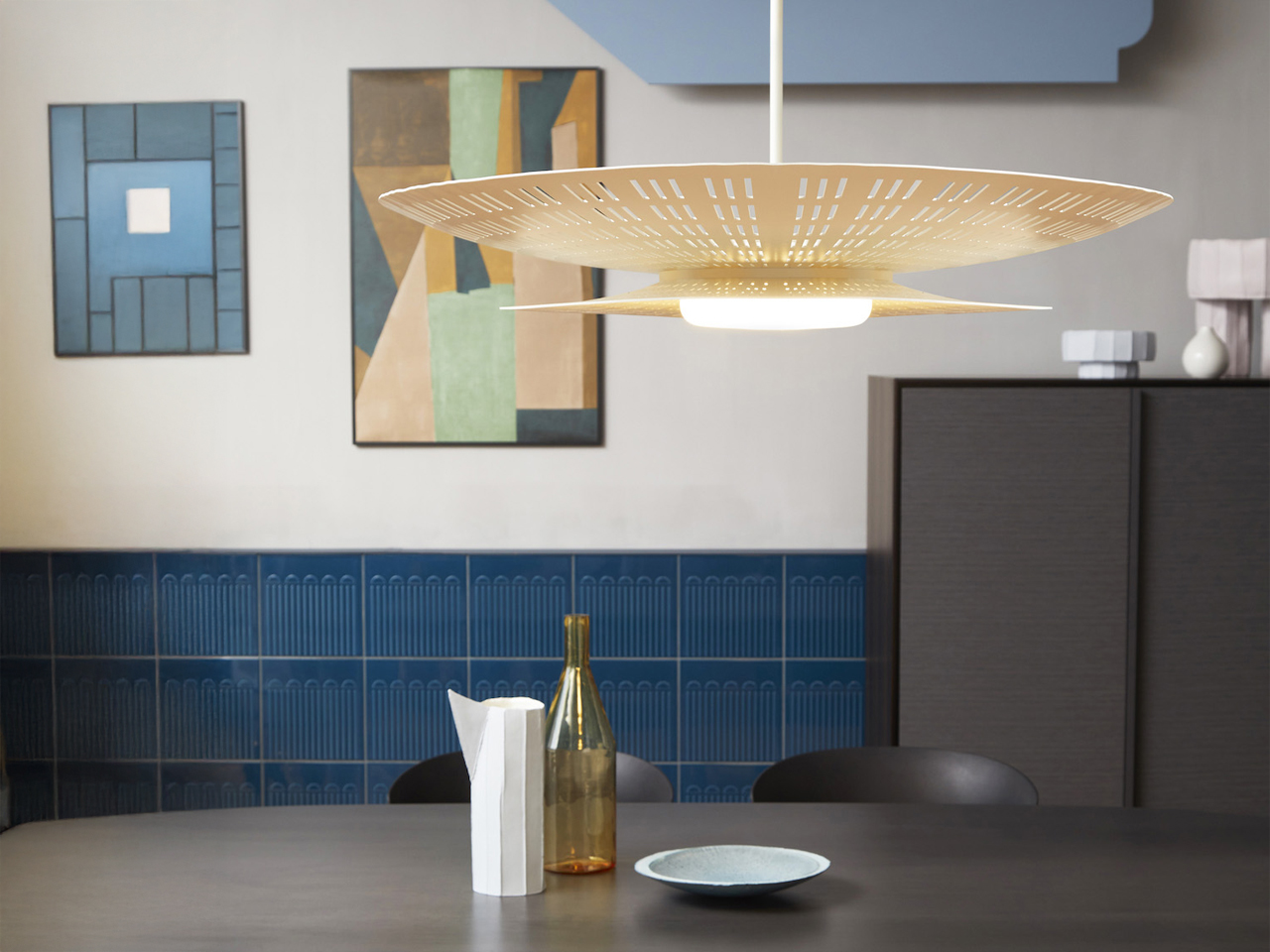

The lamp is crafted from Green Cast, an acrylic material made from recycled industrial waste and end-of-life products, which maintains its mechanical, thermal, and aesthetic qualities even after multiple recycling cycles. To further reduce its environmental impact, the lamp’s cream-colored finish is applied during production, eliminating the need for lacquering. The Air Light’s sculptural, ethereal design gives the impression of floating, with LED lights emitting a soft, cozy glow both upwards and downwards, creating a peaceful atmosphere.
Therefore, the future of sustainable lighting lies in innovative materials, energy-efficient technologies, and a dedication to craftsmanship that endures. The shift towards sustainable luxury continues, with efforts focused on achieving carbon neutrality, promoting responsible material sourcing, and embracing circular design. This creates lighting that not only enhances spaces but also respects the planet.
The post From Coffee Peels to Banana Fibers: The 5 Innovative Materials Transforming Sustainable Lighting Design first appeared on Yanko Design.

























